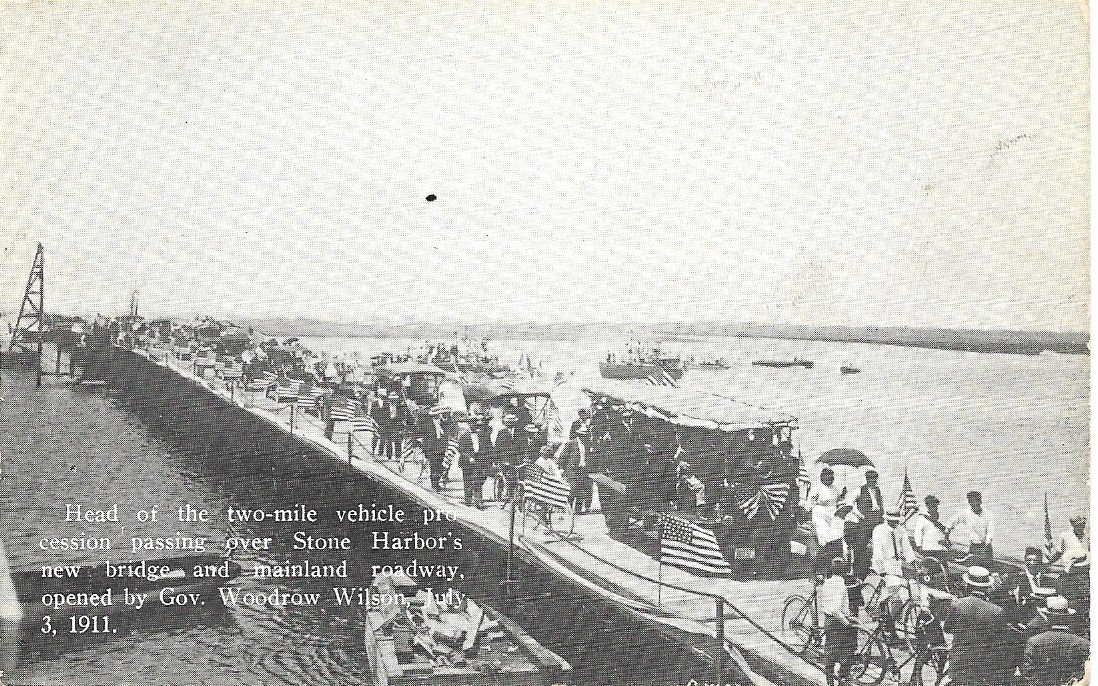The first image provided here is a vintage post card published in 1911. The caption that appears on the front of this post card states the following information: “Head of the two-mile vehicle procession passing over Stone Harbor’s new bridge and mainland roadway, opened by Gov. Woodrow Wilson, July 3, 1911”. This is certainly quite a remarkable scene as many people have journeyed to Stone Harbor to be a part of the Gala Week Festivities during the week of July 1 – 5, 1911. Judging from this most festive scene, people are arriving by various means of conveyance. Some would arrive by railroad train, shuttle boats ferrying passengers or by private automobile. However, another relatively new and intriguing means of transport included the so-called omnibuses as they were called at that time.
We can see that the vehicle leading the procession in this image is a motor bus transporting a group of passengers. Such automotive vehicles had several other names including autobus, coach, jitney, or motor coach. Apparently the first omnibuses in the 1800s were horse-drawn but in the early 1900s motorized buses as we see here arrived on the scene. In fact the motor buses became so popular and so widely used that at one point it was reported that some of the nation’s leading railroad companies who attempted to stop or impede the growth of such motor coach travel in America actually “likened it to trying to sweep back the ocean with a broom”.
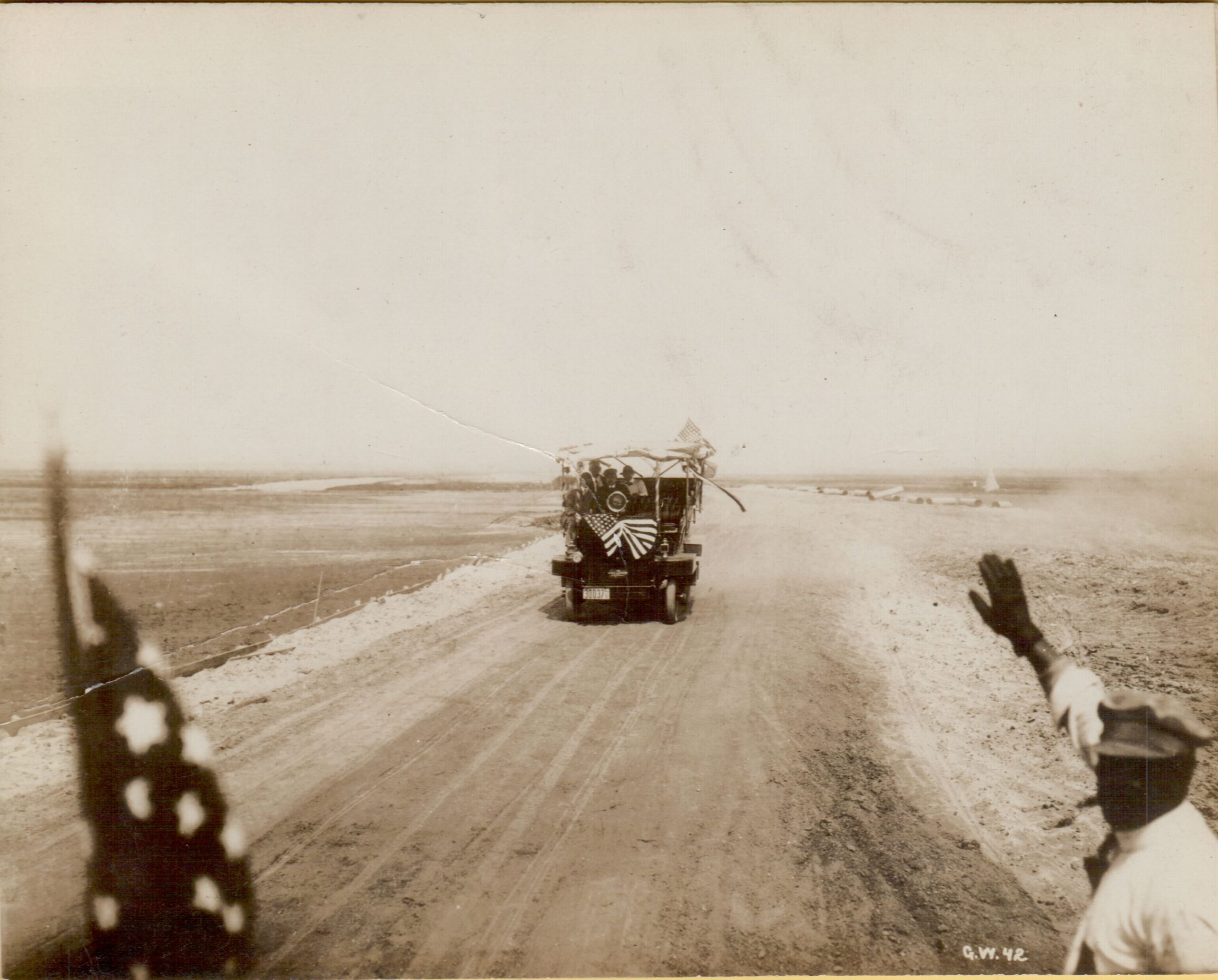
This second image currently resides in the Stone Harbor Museum archives and shows one such motor bus traveling to Stone Harbor from the mainland and carrying passengers/spectators planning to observe the festivities in connection with the actual dedication of the new roadway and drawbridge entering Stone Harbor on July 3, 1911. Decorated and adorned with American Flags, this motor bus is being directed to slow down and join the growing procession of folks and vehicles heading into town on this historic and auspicious occasion.
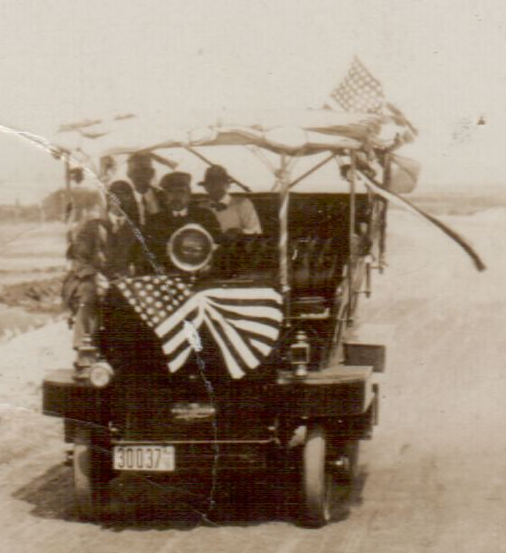
Here is a close-up of the vehicle as shown in the previous image. Notice the many patriotic decorations that enhance the appearance of this motor bus for this celebratory occasion.
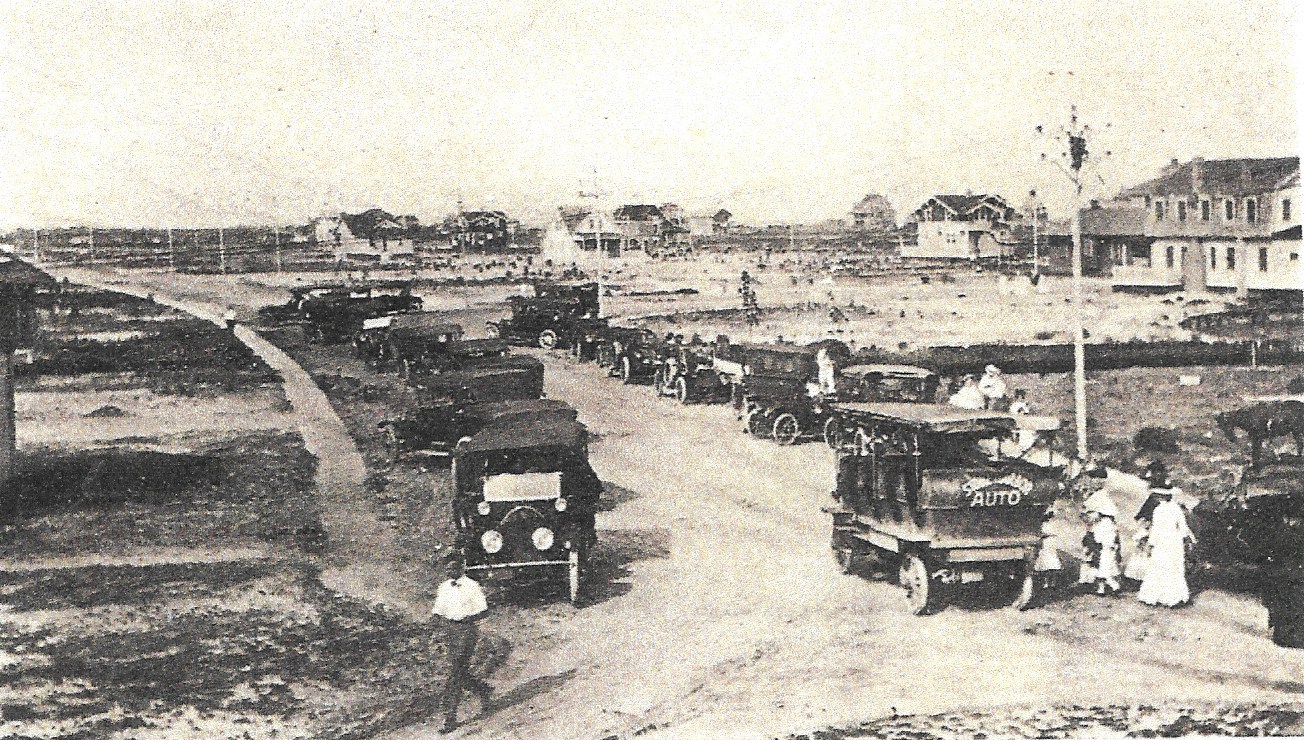
The scene depicted here is the area looking north along Sunset Drive. This photo was taken from the Stone Harbor Yacht Club at Snug Harbor Basin and in all likelihood occurred during another well-attended and important event such as a regatta being hosted by the yacht club. This Stone Harbor Museum archives photo was selected because it portrays another example of a motor bus that actually shows the words “STONE HARBOR / AUTO” on the front of this vehicle.
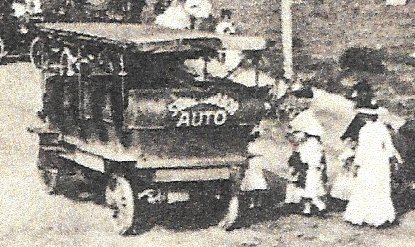
This image is an enlargement taken from the previous photo and focuses just on the omnibus passenger vehicle. Such vehicles could be reserved for the convenience of transporting small groups generally for leisure purposes. By the mid-1920s, improved roads in South Jersey enabled regularly scheduled and/or charter bus service with greater capacity linking cities like Philadelphia, Camden and New York with the seashore resorts.
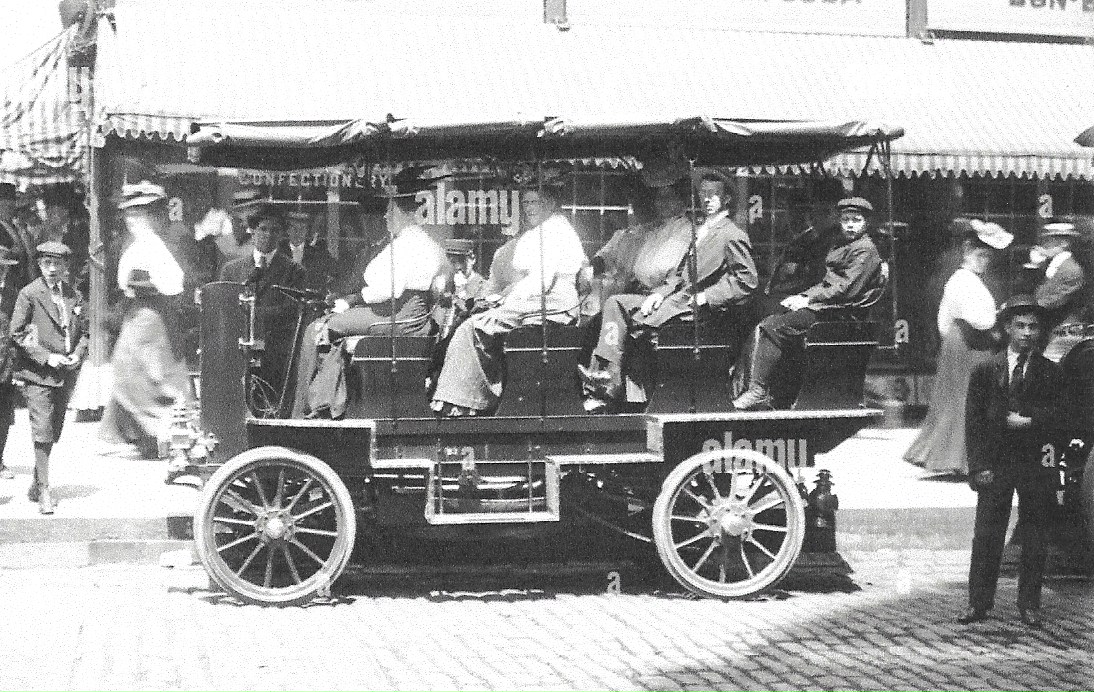
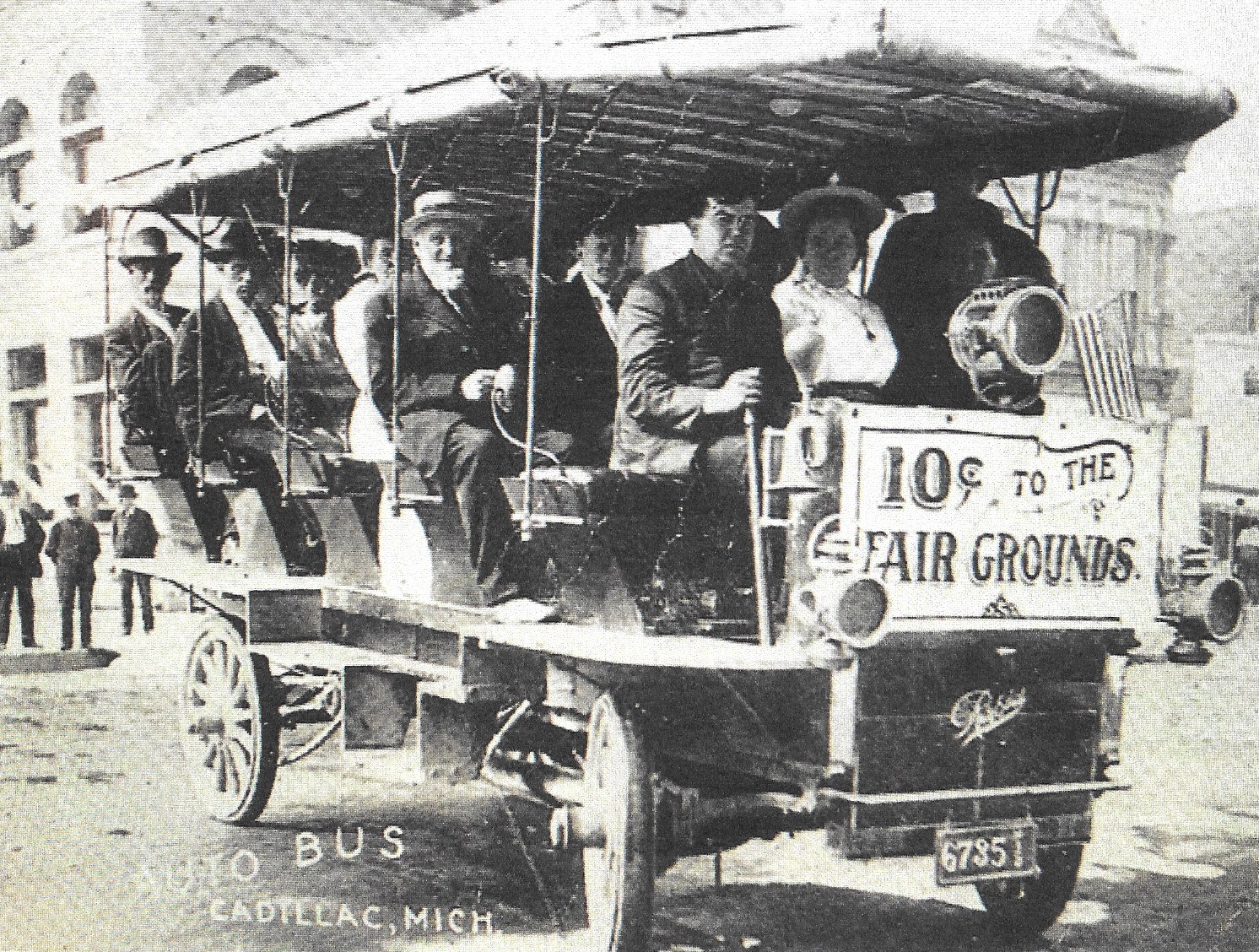
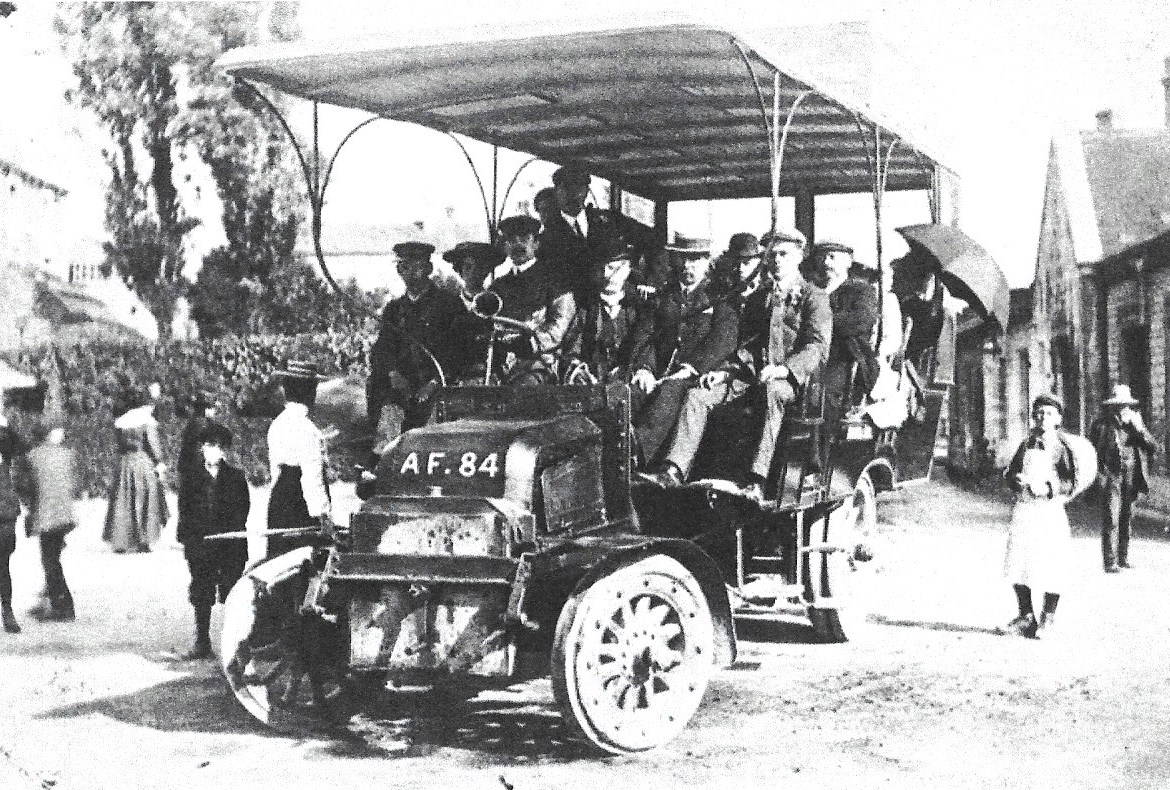
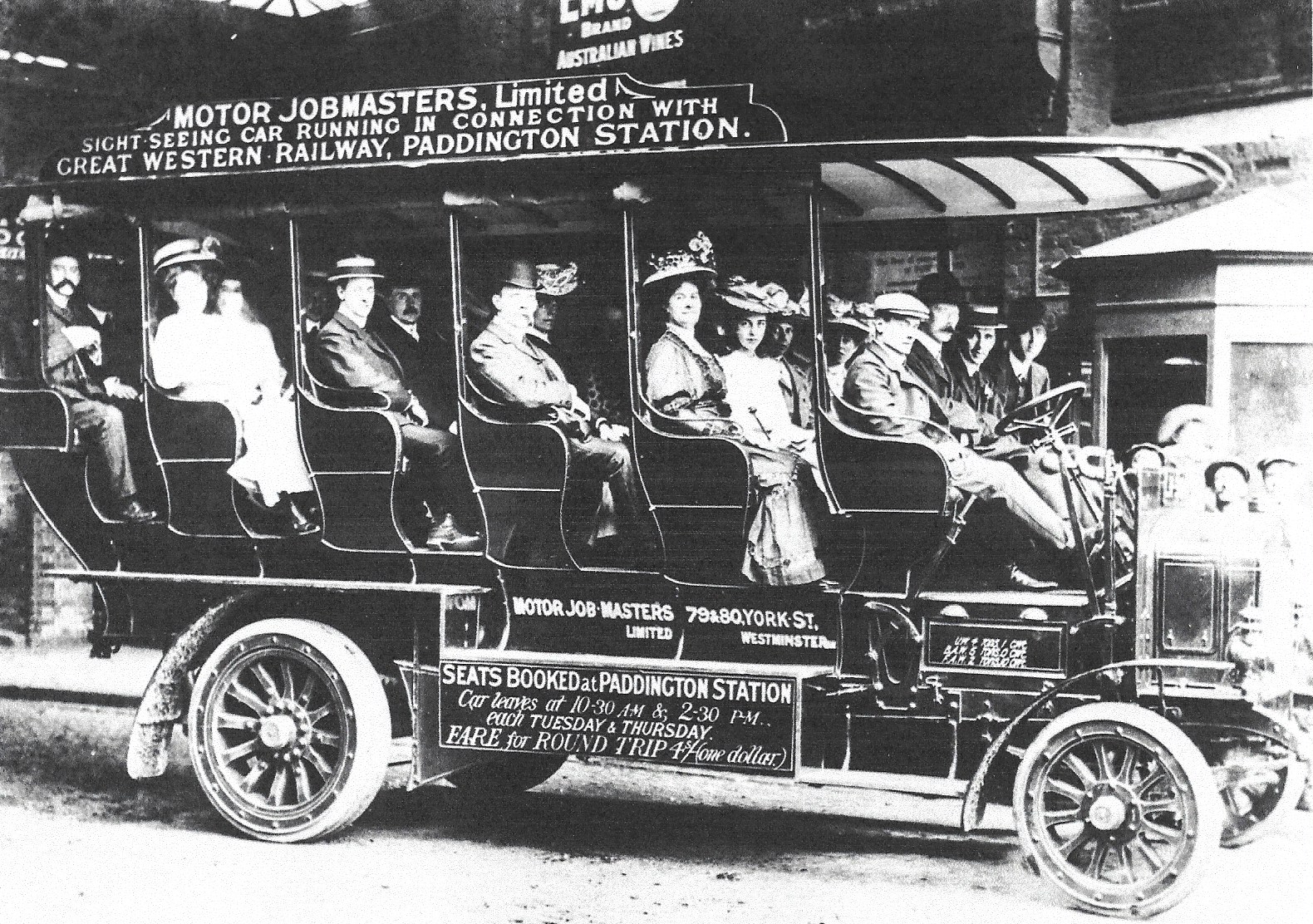
This final array of images are included and intended to show some other interesting examples of motor buses that became increasingly more prominent during the period of the 1910s and 1920s. As you can understand, the motorbus was certainly becoming more convenient for people to travel to and visit the seashore because early automobile ownership was still out of the reach of many Americans. So buses and trains at first served as the primary means for many to visit Stone Harbor for just a day or even longer.
